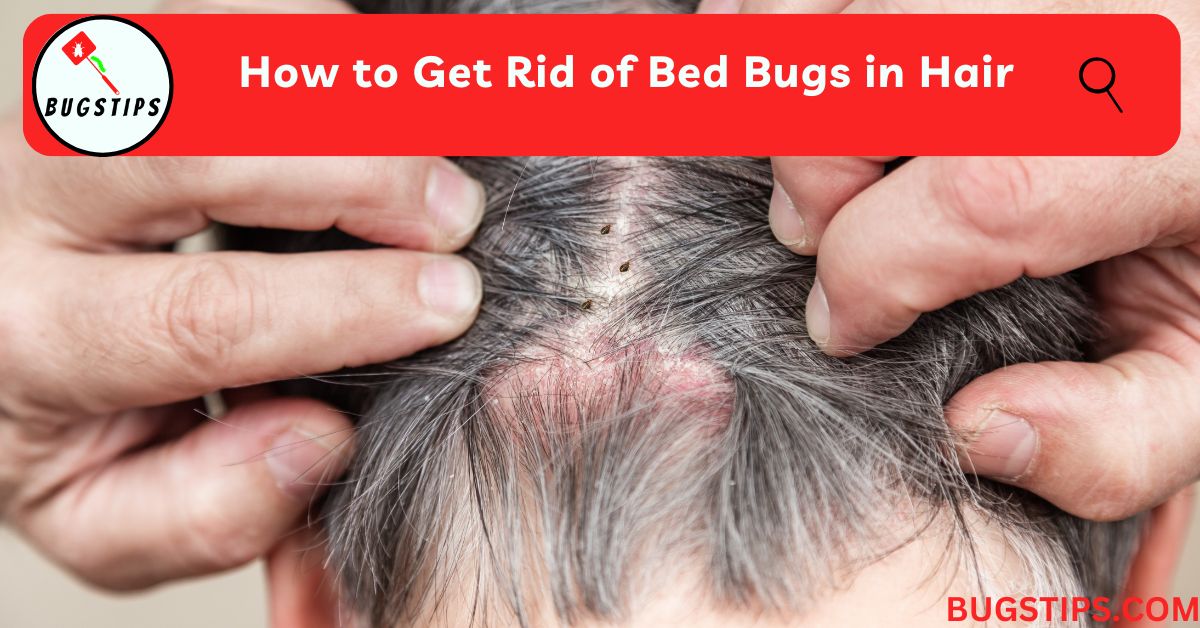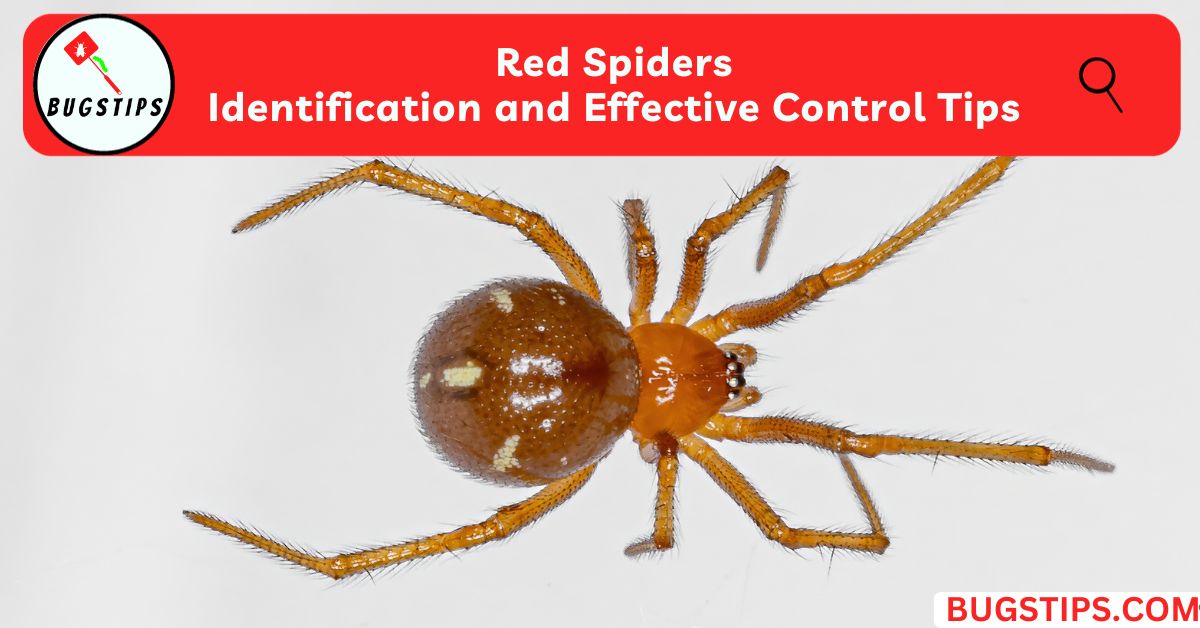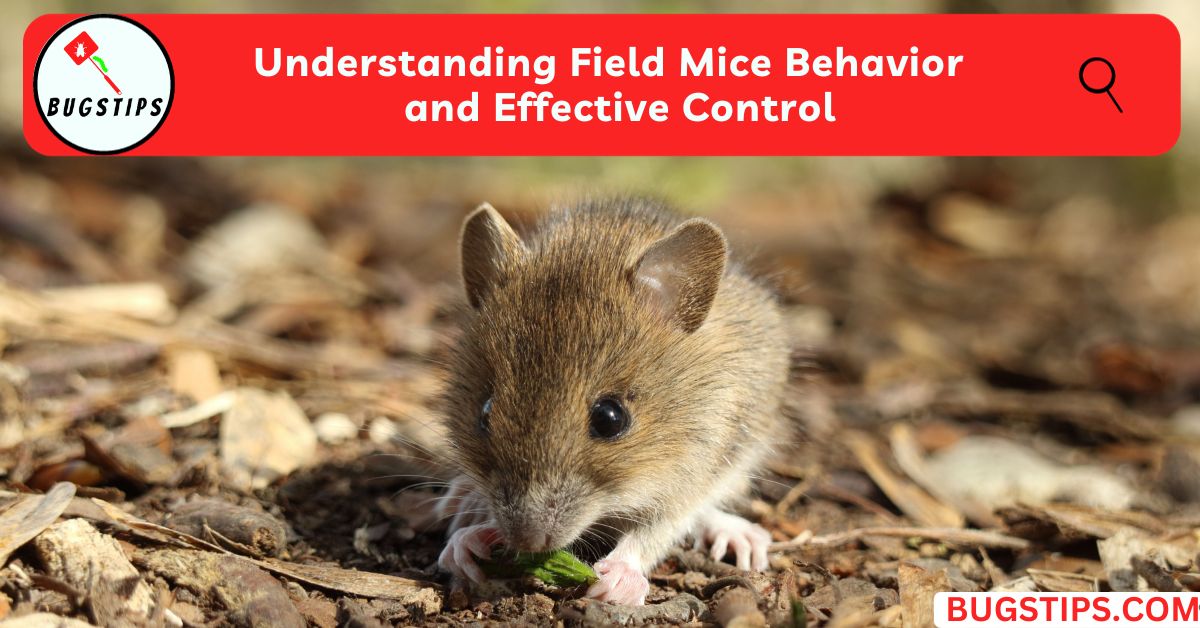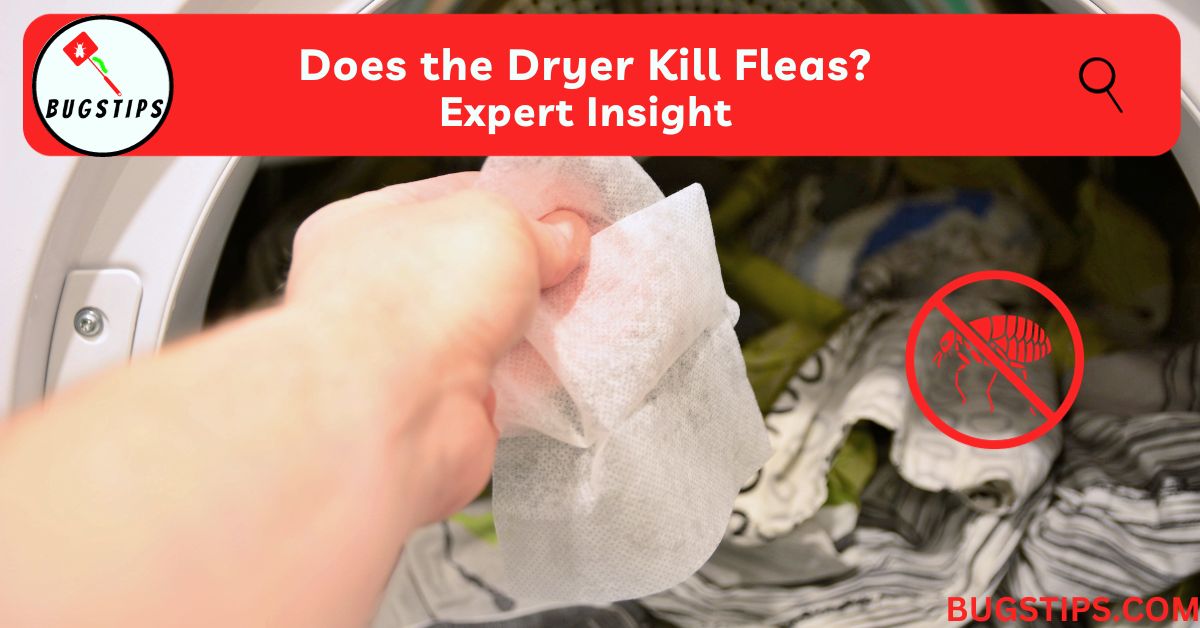This post may contain affiliate links which means as an Amazon Associate, this site may earn a small commission on qualified purchases made through links at no extra cost to you. Learn more on Affiliate Disclosure
If you’ve ever had bed bugs, you know how frustrating and uncomfortable it can be. But did you know that bed bugs can also infest your hair?
While it may seem like an unlikely place for bed bugs to hide, they can easily make their way into your hair and scalp, causing itching, irritation, and even infection.
In this article, I will share with you some tips on how to get rid of bed bugs in your hair.
Understanding Bed Bugs
I understand the frustration and discomfort that comes with these tiny pests. Before we dive into how to get rid of them, it’s important to understand what bed bugs are and how they operate.
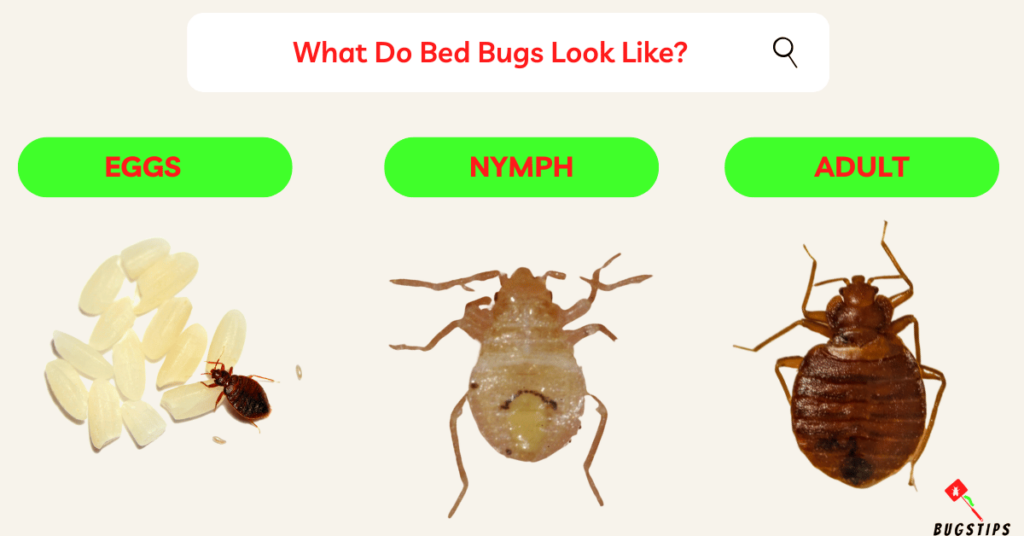
Bed bugs are small, reddish-brown insects that feed on the blood of humans and animals. They are about the size of an apple seed and can be difficult to spot.
Bed bugs are nocturnal and prefer to hide in cracks and crevices during the day, making them difficult to find.
Bed bugs are not known to spread disease, but their bites can cause itching, redness, and discomfort.
It’s important to note that not everyone reacts to bed bug bites, so it’s possible to have an infestation without any visible signs.
Bed bugs can travel easily, hitching a ride on clothing, luggage, and even hair. This is how they can end up in your hair, especially if you have been sleeping in an infested area.
To prevent bed bugs from spreading, it’s important to take action as soon as you suspect an infestation.
In the next section, we’ll cover some effective ways to get rid of bed bugs in hair.
Related Article – Can Bed Bugs Get in Your Private Parts?
Identifying Bed Bug Presence in Hair
As someone who has dealt with bed bugs in hair, I know how important it is to be able to identify their presence.
Bed bugs are small, reddish-brown insects that feed on the blood of humans and animals.
They are often found in bedding, furniture, and clothing, but they can also infest hair.
If you suspect that you have bed bugs in your hair, there are a few signs to look out for.
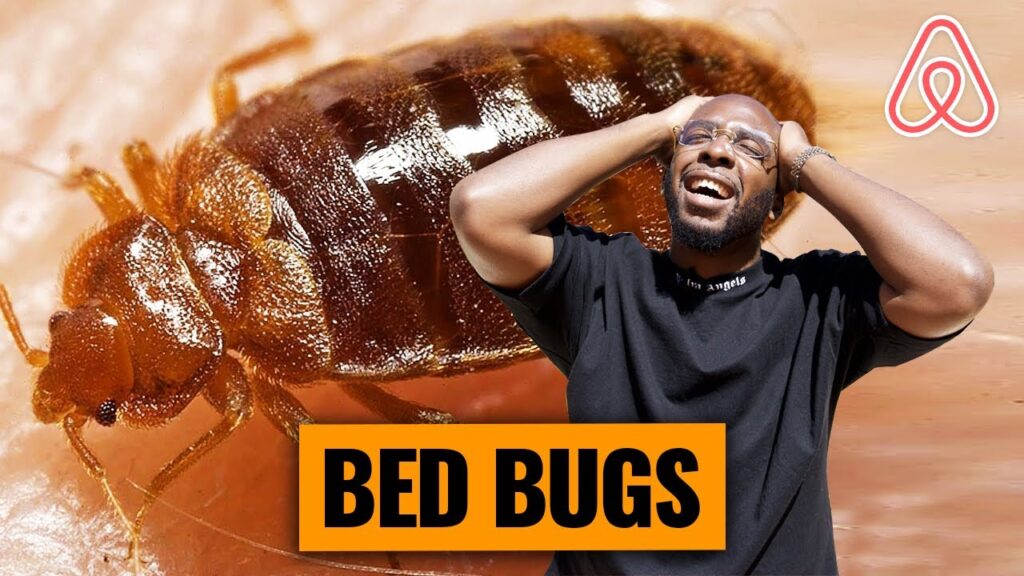
First, you may notice small, itchy bites on your scalp or neck. These bites can be red and swollen, and they may be accompanied by a rash.
Another sign of bed bugs in hair is the presence of small, white eggs or shells. These can often be found near the roots of the hair, and they may be visible to the naked eye.
Finally, you may be able to see the bed bugs themselves. They are about the size of an apple seed and are flat and oval-shaped.
They are often reddish-brown in color, but they may appear darker if they have recently fed.
If you suspect that you have bed bugs in your hair, it is important to take action immediately.
Bed bugs can quickly spread throughout your home, and they can be difficult to get rid of once they have infested your hair.
How to Get Rid of Bed Bugs in Hair – Immediate Actions
As soon as you suspect bed bugs in your hair, take immediate action to reduce their numbers. Here are some steps you can take:
- Wash your hair with hot water: Bed bugs can’t survive in hot water, so washing your hair with hot water can kill them. Make sure the water is hot enough to kill the bed bugs but not so hot that it burns your scalp.
- Use a fine-toothed comb: Use a fine-toothed comb to comb through your hair and remove any bed bugs and eggs. Make sure to comb thoroughly and pay special attention to the areas around your ears and at the back of your neck.
- Vacuum your surroundings: Bed bugs can hide in cracks and crevices, so vacuum your surroundings to remove any bed bugs that may be hiding there. Pay special attention to areas around your bed, including the mattress, bed frame, and headboard.
- Use a bed bug spray: Use a bed bug spray to kill any bed bugs that may be hiding in your hair or in your surroundings. Make sure to follow the instructions carefully and use the spray in a well-ventilated area.
By taking these immediate actions, you can reduce the number of bed bugs in your hair and prevent them from spreading to other areas of your home.
However, it’s important to note that these steps may not completely eliminate the infestation.
If you continue to experience bed bug bites or notice bed bugs in your hair, it’s best to seek professional help.
Related Article – Bed Bug Shells, Skins, and Casings
Home Remedies for Bed Bug Removal
Essential Oil Treatments
I have found essential oils to be effective in repelling and killing bed bugs. Some of the best essential oils for bed bug removal include lavender, peppermint, tea tree, and eucalyptus.
These oils can be used in a variety of ways, such as adding a few drops to a spray bottle filled with water and spraying it on your hair or mixing it with a carrier oil and applying it directly to your hair.
Heat Treatment
Heat is another effective way to get rid of bed bugs in hair. You can use a hair dryer on high heat to blow dry your hair for at least 30 minutes. Another option is to use a flat iron on high heat and run it through your hair in small sections. Be sure to use caution to avoid burning your scalp or hair.
Combing Techniques
Combing your hair with a fine-toothed comb can also help remove bed bugs and their eggs.
Start at the roots of your hair and comb through to the ends, making sure to focus on the areas where bed bugs are most likely to hide, such as behind your ears and at the nape of your neck.
You can also use a lice comb, which has finer teeth, for a more thorough removal.
Overall, these home remedies can be effective in getting rid of bed bugs in hair.
However, it is important to note that severe infestations may require professional treatment.
Chemical Treatments for Hair
Over-the-Counter Products
There are a variety of over-the-counter products that can be used to treat bed bugs in hair.
These products contain chemicals such as pyrethrins, which are insecticides that target the nervous system of bed bugs.
Here are some popular over-the-counter products that you can use:
- Nix: This product is commonly used to treat head lice, but it can also be effective against bed bugs in hair.
- It contains pyrethrins and piperonyl butoxide, which work together to kill bed bugs. Nix should be applied to the hair and scalp, left on for 10 minutes, and then rinsed out.
- Rid: Rid is another product that is commonly used to treat head lice, but it can also be used to treat bed bugs in hair.
- It contains pyrethrum extract, which is a natural insecticide derived from chrysanthemum flowers.
- Rid should be applied to the hair and scalp, left on for 10 minutes, and then rinsed out.
- LiceMD: LiceMD is a non-toxic product that uses dimethicone to kill bed bugs in hair.
- It works by suffocating the bed bugs and preventing them from breathing.
- LiceMD should be applied to the hair and scalp, left on for 10 minutes, and then combed through with a fine-toothed comb to remove the dead bed bugs.
Prescription Medications
If over-the-counter products are not effective, prescription medications may be necessary to treat bed bugs in hair.
These medications are usually prescribed by a doctor or dermatologist and contain stronger chemicals than over-the-counter products.
Here are some common prescription medications to use:
- Malathion: Malathion is an insecticide that is commonly used to treat head lice and scabies, but it can also be used to treat bed bugs in hair.
- It should be applied to the hair and scalp, left on for 8-12 hours, and then rinsed out.
- Lindane: Lindane is also an insecticide that is used to treat head lice and scabies, but it can be effective against bed bugs in hair as well.
- However, it should only be used as a last resort because it can be toxic if not used properly.
- Lindane should be applied to the hair and scalp, left on for 4 minutes, and then rinsed out.
It is important to follow the instructions on these products carefully, as they can be harmful if not used properly.
It is also important to note that bed bugs can develop resistance to certain chemicals over time, so it may be necessary to switch to a different product if the first one is not effective.
Related Article – Airbnb Bed Bugs: How to Avoid and Report [2023]
Cleaning Household Items
When trying to get rid of bed bugs in hair, it’s important to clean all household items that may have come into contact with the bed bugs.
This includes bedding, clothing, and any other items that may have been infested.
Laundering Bedding and Clothing
One effective way to get rid of bed bugs in bedding and clothing is to launder them in hot water.
Bed bugs cannot survive in temperatures above 120°F, so it’s important to use the hottest water setting possible.
In addition to hot water, it’s also important to use a detergent that is designed to kill bed bugs.
Look for a detergent that contains pyrethroids or pyrethrins, which are insecticides that are effective against bed bugs.
After laundering the bedding and clothing, it’s important to dry them in the hottest setting possible. This will ensure that any remaining bed bugs or eggs are killed.
Vacuuming and Steaming
Another effective way to get rid of bed bugs in household items is to vacuum and steam clean them.
Use a vacuum with a HEPA filter to vacuum any surfaces that may have come into contact with bed bugs, including mattresses, box springs, and furniture.
After vacuuming, use a steam cleaner to clean any remaining bed bugs or eggs. The high temperature of the steam will kill the bed bugs on contact.
It’s important to be thorough when cleaning household items to ensure that all bed bugs and eggs are eliminated.
Repeat the cleaning process as necessary until all signs of bed bugs are gone.
Related Article – Does Bleach Kill Bed Bugs?
Professional Pest Control Services
If you have tried all the DIY methods and still can’t get rid of bed bugs in your hair, it may be time to call in the professionals.
Pest control services have the necessary tools and expertise to eliminate bed bugs effectively.
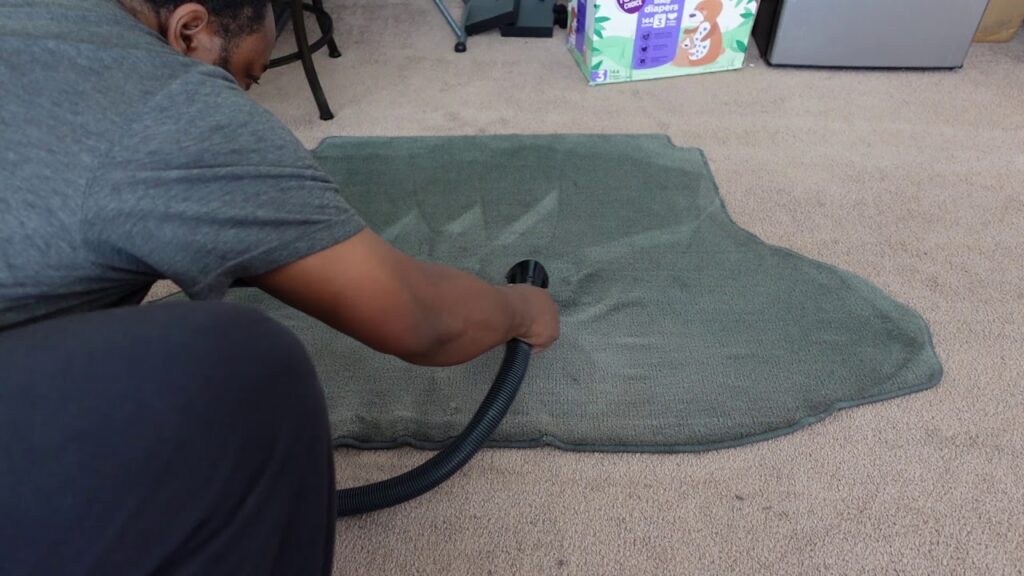
When choosing a pest control service, it’s essential to do your research and find a reputable company.
Look for a company that has experience in treating bed bug infestations and uses safe and effective methods.
Chemical treatments may include insecticides and sprays, while non-chemical treatments may include heat treatments and vacuuming.
It’s important to note that professional pest control services can be expensive, and it may take multiple treatments to completely eradicate the bed bug infestation.
However, the cost may be worth it in the long run, as it can save you time and money compared to trying to get rid of bed bugs on your own.
Overall, if you have a severe bed bug infestation in your hair, it’s best to seek the help of a professional pest control service.
They have the knowledge, experience, and tools to eliminate bed bugs effectively and safely.
Preventative Measures
Regular Hair and Scalp Checks
As a preventative measure, it is important to regularly check your hair and scalp for any signs of bed bugs.
Bed bugs are small and reddish-brown in color, and they can often be found in the seams of your clothing, bedding, and furniture.
By checking your hair and scalp regularly, you can catch bed bugs before they have a chance to infest your hair.
To check your hair and scalp for bed bugs, use a fine-toothed comb to comb through your hair.
Look for any signs of bed bugs, such as small reddish-brown bugs or tiny white eggs. If you find any signs of bed bugs, be sure to take immediate action to get rid of them.
Maintaining a Clean Living Environment
Maintaining a clean living environment is another important preventative measure in getting rid of bed bugs in hair.
Bed bugs thrive in dirty and cluttered environments, so it is important to keep your living space clean and tidy.
To maintain a clean living environment, regularly vacuum your carpets and furniture, and wash your bedding and clothing in hot water. Be sure to also declutter your living space by getting rid of any unnecessary items that may be providing hiding spots for bed bugs.
By taking these preventative measures, you can greatly reduce your risk of getting bed bugs in your hair and scalp.
Remember to regularly check your hair and scalp for any signs of bed bugs, and maintain a clean living environment to prevent bed bugs from infesting your home.
You May Also Like – 9-Bed Bug Predators
Follow-Up Care and Monitoring
After successfully treating bed bugs in your hair, it’s important to take some follow-up steps to ensure they don’t come back.
Here are some tips for follow-up care and monitoring:
- Keep an eye out for any signs of bed bugs. Check your hair and scalp regularly for any signs of bites, eggs, or bugs. If you notice anything suspicious, take action immediately.
- Wash your hair regularly with a mild shampoo. This will help to remove any remaining bed bugs or eggs that may be hiding in your hair.
- Use a fine-toothed comb to comb through your hair. This will help to remove any dead bed bugs or eggs that may be stuck in your hair.
- Vacuum your home regularly. This will help to remove any bed bugs or eggs that may be hiding in your carpets, furniture, or bedding.
- Consider using bed bug traps. These can be placed under your bed or on your furniture to catch any bed bugs that may be hiding.
- If you travel frequently, take precautions to avoid bringing bed bugs back with you. Check your luggage and clothing for any signs of bed bugs before leaving a hotel or other accommodation.
By following these tips, you can help prevent bed bugs from returning and keep your hair and home bed bug-free.
FAQs
What are the symptoms of bed bugs in human hair?
The symptoms of bed bugs in human hair include itching, redness, and inflammation of the scalp.
Bed bug bites can also cause small, raised bumps on the scalp that may be accompanied by a burning sensation.
How can you tell if bed bugs have laid eggs in your hair?
Bed bugs lay small, white eggs that are difficult to see with the naked eye.
However, you may be able to detect the presence of bed bug eggs by examining your hair and scalp for tiny, yellowish-brown specks.
What methods effectively kill bed bugs in human hair?
To effectively kill bed bugs in human hair, you can use a variety of methods, including heat treatments, insecticides, and natural remedies like tea tree oil and lavender oil.
Can bed bugs survive in hair after washing or taking a shower?
Bed bugs can survive in hair after washing or taking a shower, but they are less likely to do so. Washing your hair with hot water and a strong shampoo can help remove bed bugs and their eggs from your scalp.
Resources – (for further reading)
WebMD – Bedbugs: How to Identify and Prevent an Infestation
U.S. Environmental Protection Agency (.gov) – Bed Bugs Appearance and Life Cycle | US EPA

